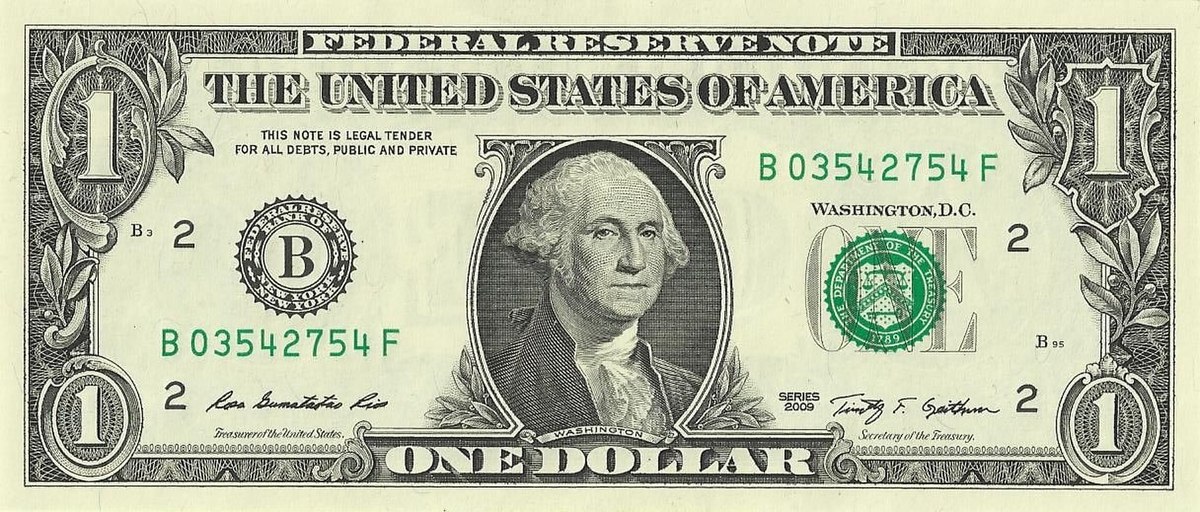The major reason why nations will be reluctant to make the Indian rupee a reserve currency is the limited exchange of INR.
The United States dollar (USD) has remained a global currency for more than 50 years. The greenback dominates the forex market with more than 60% of aggregate forex transactions and global forex reserves. However, the impact of key events, viz., the Russia-Ukraine war and the resulting spurt in commodity prices, likely recession in the US, coupled with the decadal high levels of inflation and shaking investor confidence in USD, have added steam to discussions on replacing the USD as a global currency.
The USD has ruled the global forex market for decades. This can be attributed to the strong growth in the US economy, dominating status in the world political stage and investor confidence developed in the greenback as most common medium of trade and reserve currency after the Bretton Woods agreement of 1944. Before economies were trading via currencies, gold was used as medium to buy goods and services. Consequently, nations expected to keep a store of gold for both financial and political reasons. Later in 1945, the US entered into a trade agreement with Saudi Arabia, which led to the USD being accepted as a standard currency for crude oil purchases. Today, the US dominates the global foreign currency market with about 60% transactions and global forex reserves (Source: IMF Cofer).
IS USD REPLACEABLE?
Why is the matter of replacing the USD as a global currency gathering steam? The US economy is in turmoil, with high inflation levels and rising foreign debt, which has reached $30 trillion in June 2022 (Source: US Department of the Treasury). The dollar was recognised only as the 10th strongest currency by CMC Markets (2021) despite its prominent position. The British pound and the euro were placed fifth and eighth on the website, respectively, while the Kuwaiti dinar was listed as the strongest currency. Recently, the International Monetary Fund (IMF), on its official blog reported that the USD’s share of global foreign-exchange reserves fell below 59% in the Q3 FY2022, which is a two-decade decline (Source: IMF Cofers). While no other major currency has gained ground left by USD, the fact that the dominance of the USD is declining is indicating a changing world order. Recently, Putin signalled about a new reserve currency, which would be based on a basket of currencies from the developing economies of Brazil, Russia, India, China, and South Africa (BRICS). Obviously, this has come after the US and Eurozone imposed severe sanctions on Russia post the invasion on Ukraine.
So, now who will knock out USD, the Rocky (boxer) of the forex market? For any currency to be a reserve currency, it must have stability, global acceptance, and ease of trade. There was talk about cryptocurrencies becoming the most widely used medium of exchange. These are completely decentralized, technologically advanced and smoothly tradable. In fact, many nations formally accepted Bitcoin as a legal tender. However, the newest financial innovation lost its charm to the volatility in recent years, lower acceptability at the global level vis-à-vis the USD and the control of a majority of the currency with a few investors. So, will it be any of the fiat currencies: euro, Japanese yen, British pound, or Chinese yuan or our rupee (INR)? Among these, the yuan is a strong contender. China has replaced the US as the largest economy (in terms of GDP), with the highest population and has gained significant political strength in the past decade. In 2016, the IMF added the yuan along with USD, euro, yen, and the British pound in the Special Drawing Rights (SDR) basket. However, poor transparency and the tight control of Chinese Central Bank inhibits investor confidence.
CAN INR BE THE NEXT USD?
Let’s analyse this. India already trades in INR with Iran and Russia, post the sanctions imposed on them. Ergo, India can pay for its import from these countries in INR and not USD. In July 2022, the RBI allowed international trade in rupees. This was done to tap the outflow of USD from India and hence further depreciation of INR against USD. The major reason why nations will be reluctant to make India a reserve currency is the limited exchange of INR. For example, nations which are net exporters to India (China, Iraq, Saudi Arabia, etc.) will have surplus INR in their forex accounts but they won’t be able to trade in INR with any other nation (for example the US) as the INR isn’t a tradeable currency between them. Therefore, to become a global currency, INR will have to increase its exports and hence acceptability to major nations and attempt to become a part of the SDR basket of the IMF.
Finally, the US is losing its charm as a reserve currency but there seems no major threat as of now. Cryptos lost the battle to their concentrated holding and sharp volatility. China needs to build more transparency and reduce control over its economy for positioning yuan as a reserve currency, while India requires considerable efforts to augment its exports for increasing the global acceptance of INR.
Rajesh Mehta is a leading international consultant in the field of market entry, innovation and public policy. Sunny Sabharwal is a chartered accountant and an Associate Professor of Practice at Jindal Global Business School.

